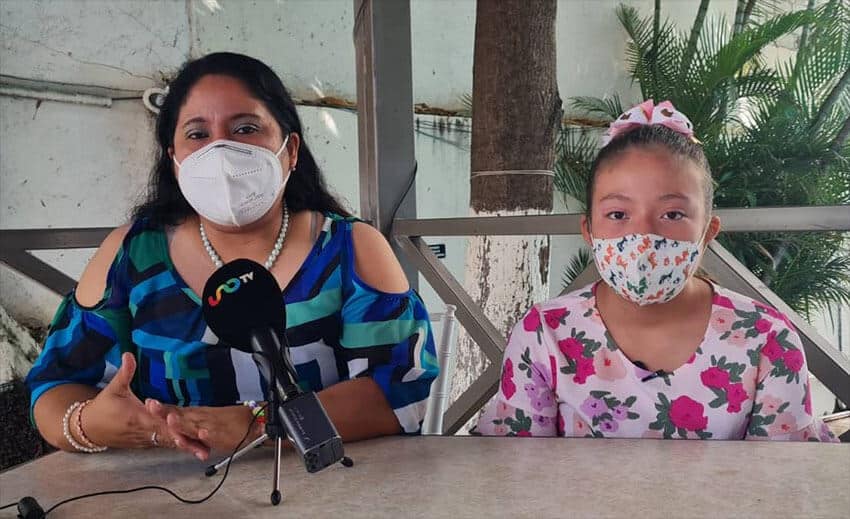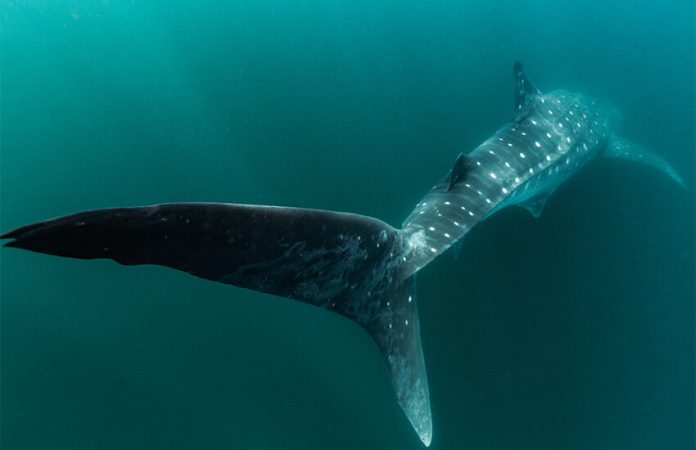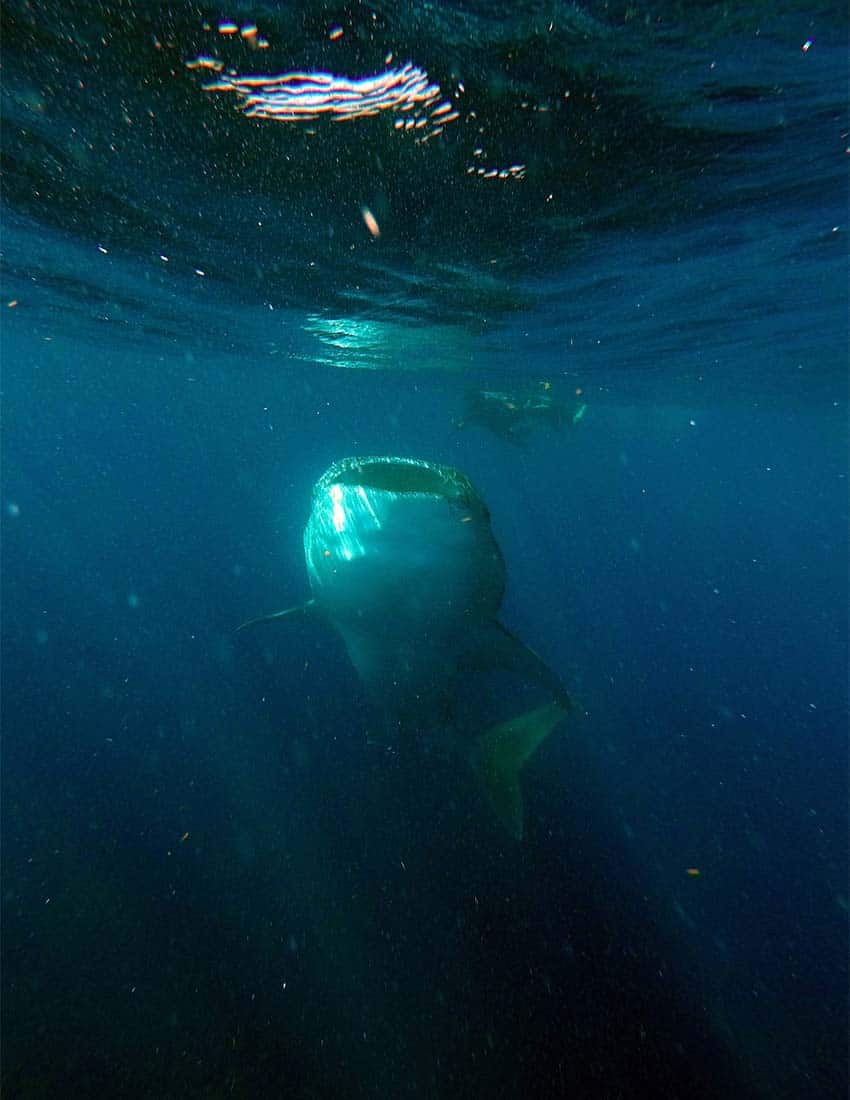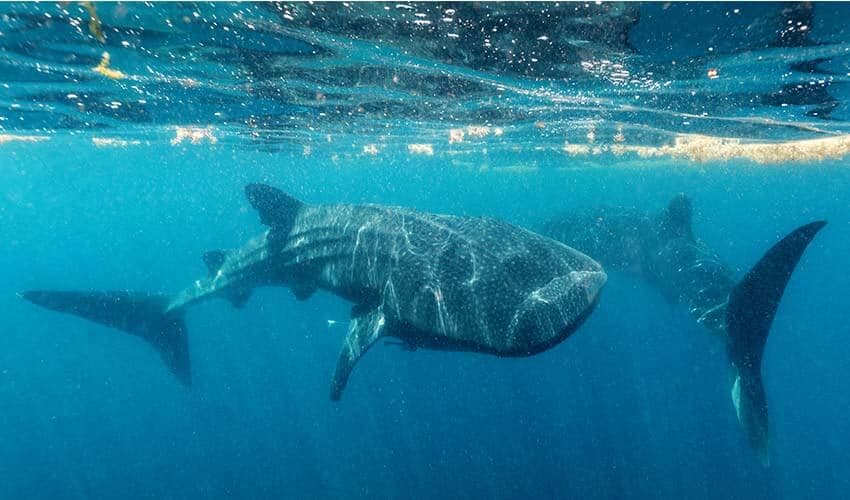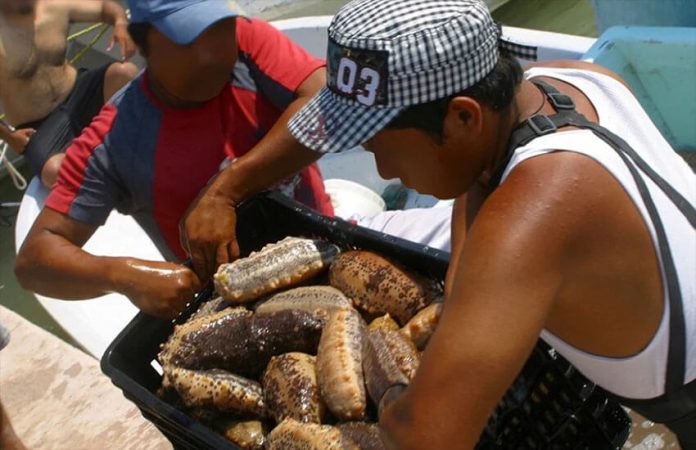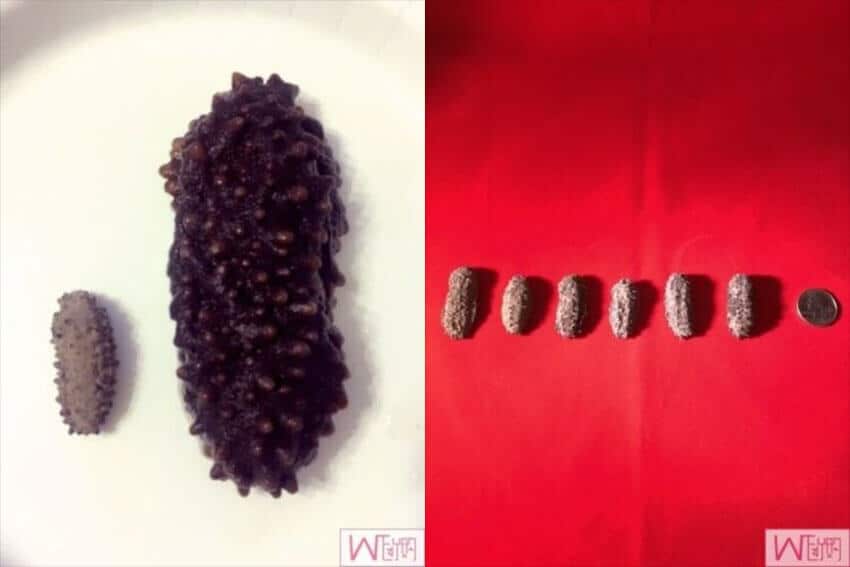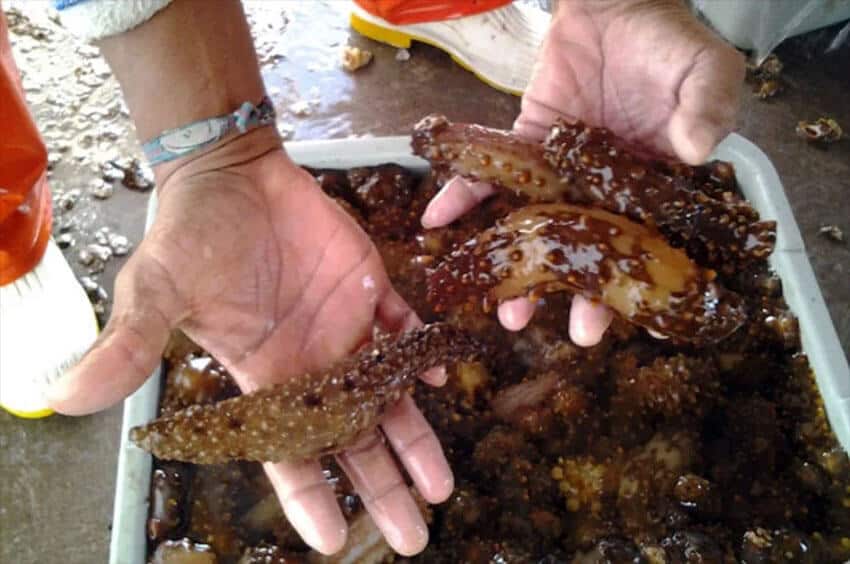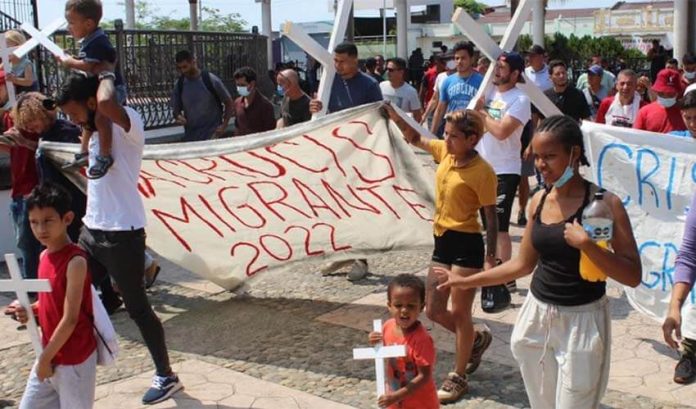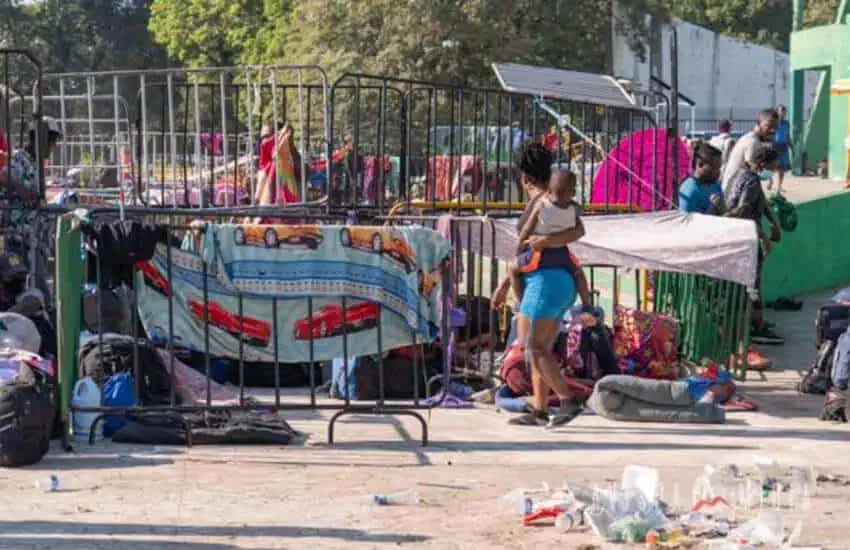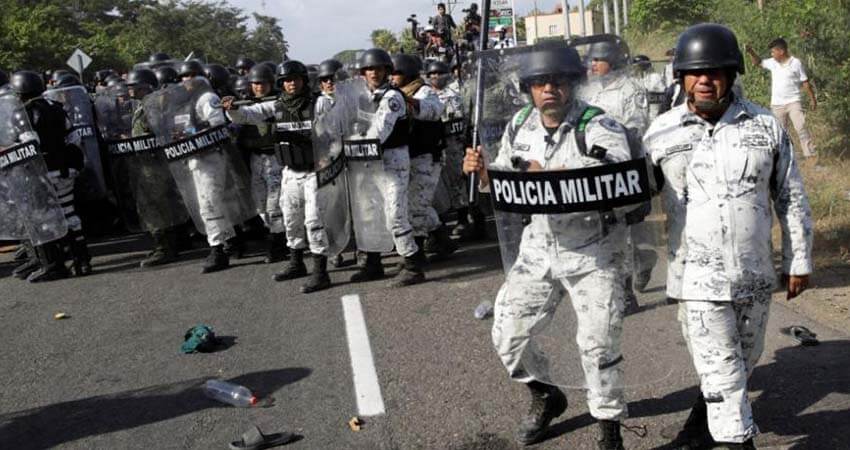The federal government has announced it will spend 46.5 million pesos (US $2.3 million) this year to repair structural damage in both terminal buildings at the Mexico City International Airport (AICM).
The Ministry of Infrastructure, Communications and Transport (SICT) said that a range of projects will be carried out to strengthen the foundations and superstructures of terminals 1 and 2. The aim is to ensure that the two terminals can continue to operate adequately in the medium and long term, the SICT said.
The ministry’s announcement came after President López Obrador highlighted structural damage in Terminal 2 during his news conference on Monday. Noting that it was built during former president Vicente Fox’s 2000–2006 government, López Obrador said that the building is “not very old but has structural damage.”
“They charged a lot [to build it],” he added. “We’re going to check it and shore it up so that people are protected.”

The president claimed that the construction of Terminal 2, which opened in late 2007, was plagued by fraud.
“It’s sinking and the land [on which it was built] wasn’t the most suitable, isn’t the most suitable. … They built Terminal 2 and it doesn’t have [adequate] support – it’s sinking or the structure is emerging. So we have to find a way to shore it up with columns, for safety reasons,” he said.
López Obrador acknowledged that a pothole shut down one of the AICM runways from Sunday evening until early Monday morning, but downplayed the seriousness of the issue. Claims that the pothole was a “crater” or “sinkhole” were exaggerated, he suggested before presenting an image of the bache to support his view.
AICM – Mexico’s busiest airport – has not had a stellar 2022. The Federal Civil Aviation Agency declared in March that both terminals had reached saturation point, while the International Federation of Air Line Pilots’ Associations issued a safety bulletin in early May advising that it had been made aware of several dangerous incidents involving aircraft arriving at the AICM.

In the days following that warning, there were two close calls caused by air traffic control errors. Pilots of a Volaris plane narrowly averted a disaster May 7 after they were cleared to land on a runway occupied by another aircraft. A similar incident occurred four days later.
More recently, AICM passengers have reported long wait times to collect their luggage, get through immigration and board taxis at both terminals. While delays have been blamed on a range of factors – including luggage inspections by the navy, insufficient customs staff and lengthy questioning of some incoming travelers – problems such as the recent appearance of a pothole on a runway are due to a lack of investment in maintenance, according to two aviation experts.
Juan Antonio José and Gabriel Rojas agreed that there has been insufficient monitoring and maintenance of key infrastructure such as runways. “Rainy season is when this type of control should be carried out more, … but they’re not doing it, and it’s due to a lack of budget,” Rojas told the newspaper Reforma.
José Suárez, press secretary with the Association of Airline Pilots of Mexico, warned that a gravel-filled pothole such as that which appeared on the weekend can affect a plane both at takeoff and landing. It’s dangerous for a fast-moving aircraft to operate on an uneven runway, he said. “Depending on the size of the pothole, it could cause structural damage [to the plane],” he said.
Rodrigo Pérez Alonso, former director of the National Air Transport Chamber, charged that the current problems at AICM are related to its saturation. Deputy Transport Minister Rogelio Jiménez Pons said in May that 25% of AICM flights would be transferred to the Felipe Ángeles International Airport and the Toluca International Airport over a period of 12 months, but that plan isn’t slated to begin until next month.
Pérez pointed out that AICM has been operating for over 50 years and has thus exceeded its useful life. The government’s efforts to remediate the airport’s problems have been insufficient, he added.
“AICM is a body that is already sick and they’re only trying to cure it with aspirin,” Pérez said, adding that the problems are coalescing in a “snowball” that ultimately won’t be possible to contain.



